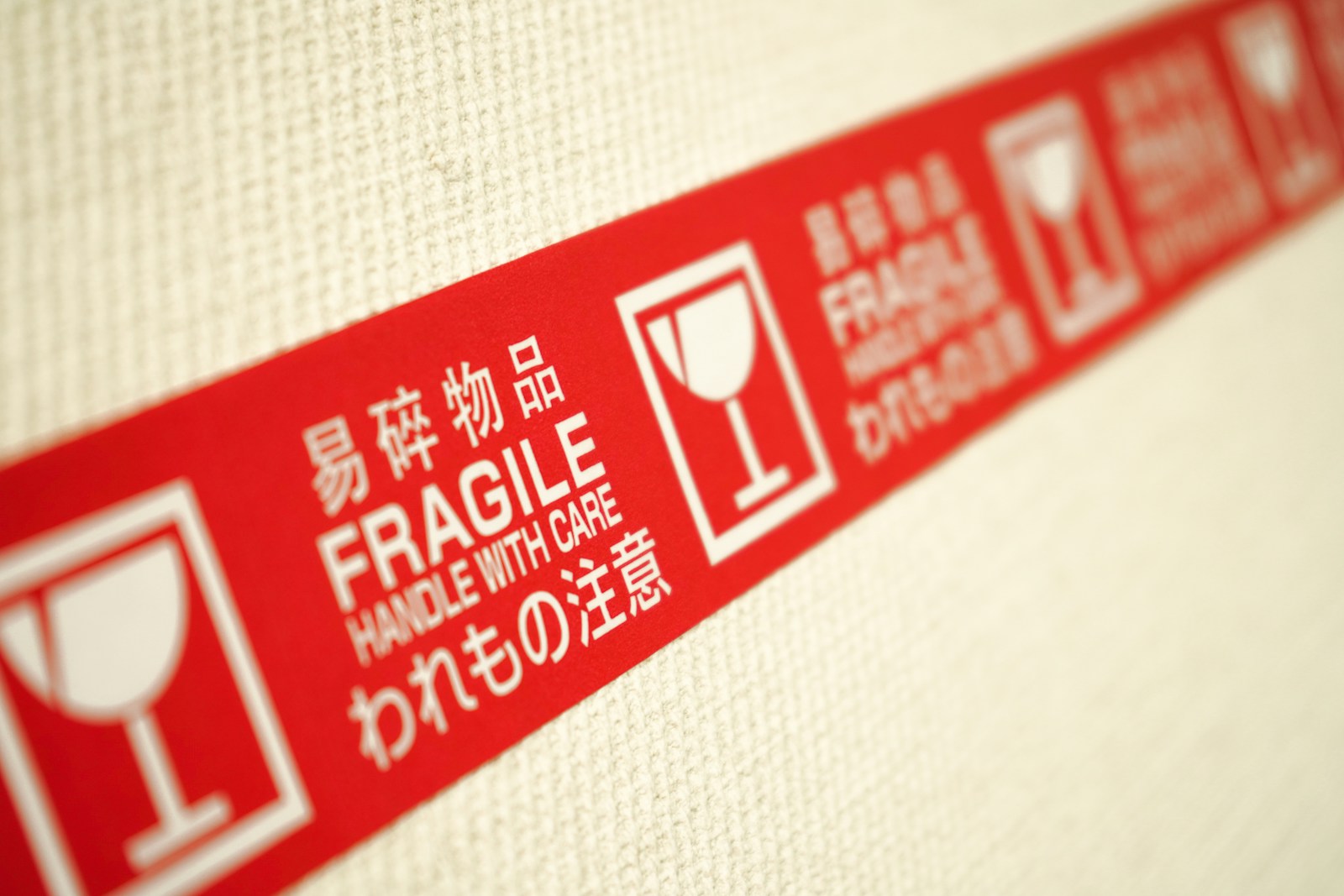The Move of Tangible Assets Towards Digital Convenience


Ezekiel Muoneke
Content Writer
- Blog
- May 31, 2023
- 4:54 pm
Uber owns no vehicles. Facebook creates no content, and Jumia has no store. But there is one thing they all have in common: the ability to leverage the gap between consumers and their needs digitally. This action does not only identify the needs of the consumer; it also provides a speedy solution—one without stress but with ease—a digital convenience, if you will.
With the world changing rapidly, so are the ways we interact with our assets. Gone are the days when we had to carry bulk loads of cash, cards, keys, documents, and other physical items to access our money, property, identity, and information.
The world is moving from tangible assets to digital convenience, and today, we can store and manage most of our assets digitally, using our smartphones, computers, or cloud services. This trend of moving tangible assets into digital convenience has many benefits, but also some challenges and risks. In this article, we will explore some of the reasons and implications of this new trend.
Why are We Converting Tangible Assets into Digital Convenience?


There are several factors that drive the move of tangible assets into digital convenience. Some of them are:
1. Convenience: Of course, it’s always going to be convenience. After all, that’s the whole point of this article.
Compared to physical assets, digital ones are much easier to access, store, and use. We can pay for goods and services, unlock the doors of our homes, confirm our identities, access our accounts, and more using our electronic devices. This way, we don’t have to be concerned about misplacing, forgetting, or damaging our tangible possessions. Additionally, we can more simply and securely transfer and exchange our digital assets with others.
2. Efficiency: Another great benefit and reason why people now opt for digital assets is efficiency. With this, costs can be cut, time can be saved, and productivity can be raised.
For instance, using digital payments can reduce fraud, do away with transaction fees, and speed up transactions. Printing costs, paper waste, and storage space can all be reduced with digital documents.
The use of online or physical services is not left out, as they are made possible through digital identity, which in turn simplifies the verification process. Faster communication, teamwork, and creativity are all also possible thanks to digital information.
3. Security: Digital assets have the potential to provide greater security and control than physical ones. We can use passwords, biometrics, or other security measures to encrypt our digital assets in order to prevent unauthorised access. To avoid loss or damage, we can also create a backup of our digital assets on the cloud or on other hardware. With the help of logs, alerts, and other technologies, we can also keep an eye on and monitor our digital assets in order to spot theft or misuse and stop it.
What are Some Examples of Tangible Assets that Have Moved into Digital Convenience?
We’ve been talking a lot about these tangible assets and their metamorphosis into the digital assets we have become familiar with. But what really are they, and what are some examples for clarity?
Tangible assets are physical assets that have a finite monetary value and usually a useful lifespan of more than one year. Digital assets on the other hand are anything that is created and stored digitally, is identifiable and discoverable, and has or provides value.
Some tangible assets have morphed into digital assets through the process of tokenization, which is the conversion of an underlying asset, tangible or intangible, into a digital “token” that acts as its proxy. And while there are many examples of tangible assets that have moved into digital convenience in various domains, here are some of them:
• Money: Money is one of the most common tangible assets that has moved into digital convenience. These days, we can use digital wallets, mobile apps, online platforms, or cryptocurrencies to store and transfer our money without using cash or cards. We can also use digital currencies that are backed by governments or corporations to facilitate transactions across borders or platforms. These digital currencies can facilitate faster and cheaper cross-border payments and remittances.


• Property: Property is another tangible asset that has moved into digital convenience. Today we can use smart locks, sensors, cameras, or other devices to control and monitor our property without using keys or codes.
We can also use blockchain technology to create and manage digital tokens that represent our property rights and ownership without using deeds or contracts. This way, real estate properties can be tokenized into fractional ownership shares that can be traded on secondary markets.
ENJOYING THE ARTICLE?
Sign up For Our Newsletter
• Identity: A vital tangible asset that has been incorporated into digital convenience is identity. Without the need for identification documents or cards, we can utilise biometrics, face recognition, QR codes, or other techniques to confirm our identity. Another option is to employ self-sovereign identification systems, which let us construct and control our own digital identities independently of intermediaries or third parties.
• Information: Information is a valuable tangible asset that has moved into digital convenience. We can use cloud services, online platforms, or other tools to store and access our information without using paper or disks. We can also use artificial intelligence (AI), big data analytics (BDA), or other technologies to process and generate information without using human labour or expertise.
• Art: These days art can be tokenized into non-fungible tokens (NFTs), which are unique and indivisible digital representations of an artwork that can be verified on a blockchain. NFTs are a great way to make an extra income as they create new revenue streams for artists and collectors by enabling royalties and secondary sales.
Now that we have all of these out of the way,
What are the Implications of Converting Tangible Assets into Digital Convenience?
The move of tangible assets into digital convenience, or, if you will, digital assets, has many implications for individuals, societies, and economies. Some of them are:
~ Opportunities: The move of tangible assets into digital services creates new opportunities for innovation, growth, and development. We can leverage the power of digital technologies to create new products, services, and solutions that enhance our lives, well-being, and prosperity. This way, we can also access new markets, networks, and communities that expand our horizons, diversity, and inclusion.
~ Challenges: The move of tangible assets into digital convenience also poses new challenges for regulation, governance, and ethics. As a result, we would need to establish clear rules, standards, and norms that ensure the security, privacy, and integrity of our digital assets. We also need to balance the interests, rights, and responsibilities of various stakeholders that are involved in the creation, management, and use of digital assets.
~ Risks: The conversion of physical assets into convenient digital services no doubt introduces a myriad of new vulnerabilities, disruptions, and problems. To curtail this at best, our digital assets must be safeguarded against cyber-attacks, malfunctions, and nefarious tendencies that could jeopardise their quality, performance, or availability. We must also take into account the possible social, economic, and environmental effects of our digital assets, which might have an impact on our sustainability, safety, or well-being.


Summarily, the move of tangible assets into digital services is a significant trend that is reshaping our world. It offers many benefits, but also some challenges and risks. To always stay ahead, we must seize the chances presented by this, surmount the obstacles, and reduce the risks. We must also be conscious and responsible about our digital assets and how they affect us and other people. By doing so, we can make the most of the move of tangible assets into digital convenience.











